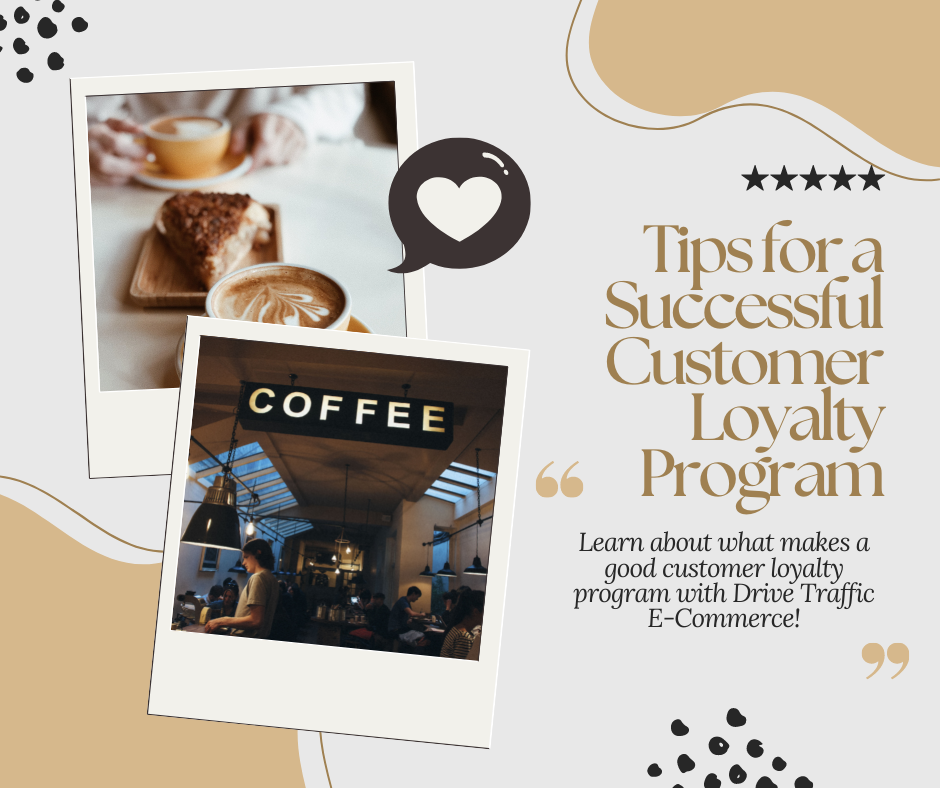A customer loyalty program is a system that rewards frequent customers by giving them perks, free products, discounts, and more. It’s something big companies tend to do. If done right, they retain customers well—it motivates them to keep buying and also builds customer loyalty.
However, you may be asking yourself if it’s something a small business can do. Well, the answer is yes! If you’re comfortable enough giving away perks and goodies for free or at a discounted price, then a customer loyalty program is a great way of keeping customers happy.
As a digital marketing agency in Los Angeles, we’ve perfected making a good customer loyalty program throughout the years. Here are our tips for making a successful one!
1. Keep Things Simple
Keeping your points system straightforward is important if you want to keep your customers happy. Having too many terms and conditions may deter them from wanting to participate in the loyalty scheme at all.
Think about it. If your scheme involves buying from a very limited selection of qualifying items, buying from only one branch at particular hours, or having a wonky points system that’s hard to understand, your customers are going to be dazed before they even make it to your shop. And you don’t want that.
Less thinking, and more shopping is the way to go!
2. Have Tiers
If you’ve got the resources for it, definitely consider having a tiered system. This tiered system rewards customers who spend more on your business by giving them additional perks regular members don’t have. This keeps things enticing for your audience—regular customers will want to spend more to have those additional perks, while special members will want to spend more to both keep the perks and climb up the tiered system.
A great example of this is Southwest Airlines’ Rapid Rewards. Depending on how often you fly, you get access to perks to make the flying experience easier. The lowest tier is A-List, where customers can get priority check-in and boarding services by flying at least 25 flights a year. The highest one is Companion Pass, where you can bring a companion with you for free all the following year if you fly at least 100 flights.
3. Offer Premium Services
Premium services are the opposite of what a typical reward system looks like. Here, customers aren’t rewarded with gifts and perks for spending money. Instead, customers pay money outright to access gifts and perks.
The most famous example of this is Amazon Prime. For $139 a year, you can get fast delivery services, free movie and TV show streaming, free access to audiobooks and e-books, and so much more. Sure, it’s a hefty investment and you’re probably not going to use all services in one year, but for how many perks you get, it’s a really good value for your money.
Just make sure that your premium services don’t blatantly disregard your non-paying members. Non-paying members are still part of your target audience, and kicking them out would do you no good. For example, Amazon wouldn’t want to bar non-members from their TV show library altogether—just hide it behind a paywall so non-members can still access a show for a fee.
4. Think of Societal Values
These days, people like to think of issues that are plaguing our world. These include environmental pollution, wars and conflicts, lack of education funding, and more. Your company could have a customer loyalty scheme around these issues, making your customers feel good about helping out in every little way while also rewarding them.
One example of this is the eco-friendly Bring Your Own Cup initiative at Starbucks. Instead of buying a cup that’ll just take up space in a landfill, customers can bring their own reusable cup and get $.10 off of their drink purchase.
5. Be Generous
Of course, you’re offering a customer loyalty scheme because you want to reward those who have been loyal to you. Nobody wants to spend $100 to get a free measly product they could get for $5.
Being generous will prevent your customers from swaying. If they see your business with a poor attempt at a loyalty scheme and compare it to a competitor’s great one, they’re obviously going to choose the latter, even if they lack in some way compared to you. This is because loyalty schemes aren’t just about saving money—they make a customer feel valued and special.
So, either make a loyalty scheme that’s so generous that it makes people line up to sign up, or don’t have one at all. And speaking of that…
6. Don’t Feel Obligated
You don’t need to have a loyalty program to keep your customers! Just think about it as a bonus. We know how hard it can be to develop one—you need the money to provide perks and gifts, effort to keep track of points and tiers, time to craft one that works well, etc. So, only do it if you’re comfortable with doing it and don’t think of it as a make-it-or-break-it type of thing.
Don’t worry, lots of companies out there don’t have loyalty programs either! They just focus on offering high-quality goods and services and treating their customers amazingly.
Overall, decide if a loyalty scheme is something you want to pursue and make sure it lives up to the hype with these tips from a Los Angeles SEO company!
